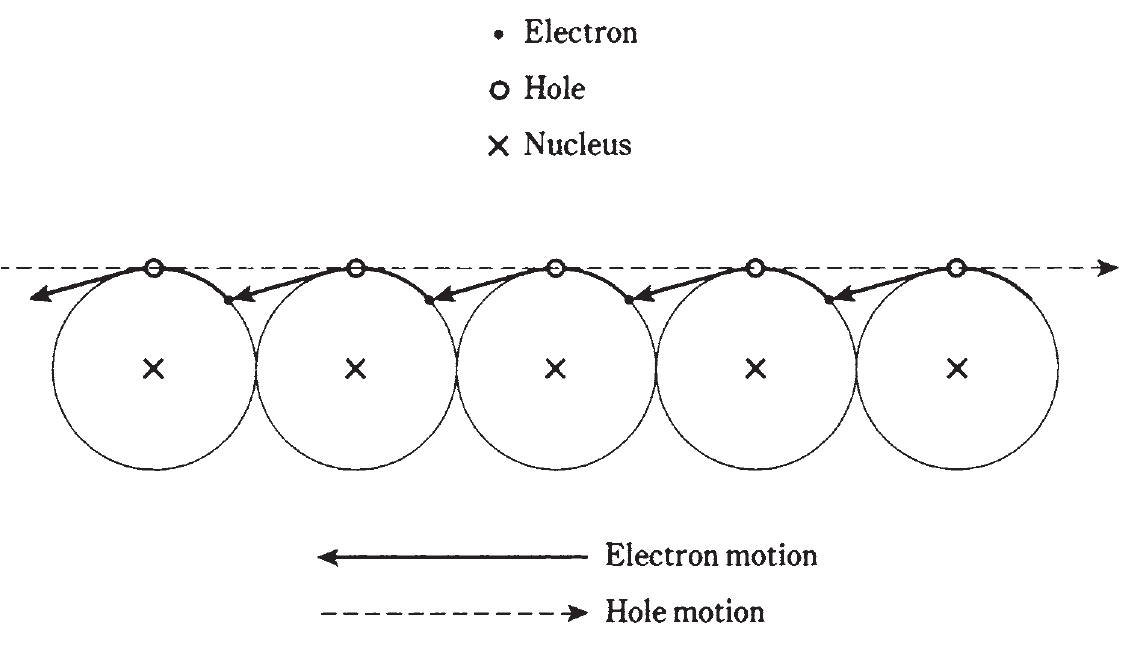
تاريخ الفيزياء

علماء الفيزياء


الفيزياء الكلاسيكية

الميكانيك

الديناميكا الحرارية


الكهربائية والمغناطيسية

الكهربائية

المغناطيسية

الكهرومغناطيسية


علم البصريات

تاريخ علم البصريات

الضوء

مواضيع عامة في علم البصريات

الصوت


الفيزياء الحديثة


النظرية النسبية

النظرية النسبية الخاصة

النظرية النسبية العامة

مواضيع عامة في النظرية النسبية

ميكانيكا الكم

الفيزياء الذرية

الفيزياء الجزيئية


الفيزياء النووية

مواضيع عامة في الفيزياء النووية

النشاط الاشعاعي


فيزياء الحالة الصلبة

الموصلات

أشباه الموصلات

العوازل

مواضيع عامة في الفيزياء الصلبة

فيزياء الجوامد


الليزر

أنواع الليزر

بعض تطبيقات الليزر

مواضيع عامة في الليزر


علم الفلك

تاريخ وعلماء علم الفلك

الثقوب السوداء


المجموعة الشمسية

الشمس

كوكب عطارد

كوكب الزهرة

كوكب الأرض

كوكب المريخ

كوكب المشتري

كوكب زحل

كوكب أورانوس

كوكب نبتون

كوكب بلوتو

القمر

كواكب ومواضيع اخرى

مواضيع عامة في علم الفلك

النجوم

البلازما

الألكترونيات

خواص المادة


الطاقة البديلة

الطاقة الشمسية

مواضيع عامة في الطاقة البديلة

المد والجزر

فيزياء الجسيمات


الفيزياء والعلوم الأخرى

الفيزياء الكيميائية

الفيزياء الرياضية

الفيزياء الحيوية

الفيزياء العامة


مواضيع عامة في الفيزياء

تجارب فيزيائية

مصطلحات وتعاريف فيزيائية

وحدات القياس الفيزيائية

طرائف الفيزياء

مواضيع اخرى
Semiconductors
المؤلف:
Stan Gibilisco
المصدر:
Teach Yourself Electricity and Electronics
الجزء والصفحة:
14
1-4-2021
2452
Semiconductors
In a semiconductor, electrons flow, but not as well as they do in a conductor. You might imagine the people in the line being lazy and not too eager to pass the balls along. Some semiconductors carry electrons almost as well as good electrical conductors like copper or aluminum; others are almost as bad as insulating materials. The people might be just a little sluggish, or they might be almost asleep. Semiconductors are not exactly the same as resistors. In a semiconductor, the material is treated so that it has very special properties.
The semiconductors include certain substances, such as silicon, selenium, or gallium, that have been “doped” by the addition of impurities like indium or antimony.
Perhaps you have heard of such things as gallium arsenide, metal oxides, or silicon rectifiers. Electrical conduction in these materials is always a result of the motion of electrons. However, this can be a quite peculiar movement, and sometimes engineers speak of the movement of holes rather than electrons. A hole is a shortage of an electron—you might think of it as a positive ion—and it moves along in a direction opposite to the flow of electrons (Fig. 1).

Fig. 1: Holes move in the opposite direction from electrons in a semiconducting material.
When most of the charge carriers are electrons, the semiconductor is called N-type, because electrons are negatively charged. When most of the charge carriers are holes, the semiconducting material is known as P-type because holes have a positive electric charge. But P-type material does pass some electrons, and N-type material carries some holes. In a semiconductor, the more abundant type of charge carrier is called the majority carrier. The less abundant kind is known as the minority carrier.
Semiconductors are used in diodes, transistors, and integrated circuits in almost limitless variety. These substances are what make it possible for you to have a computer in a briefcase. That notebook computer, if it used vacuum tubes, would occupy a skyscraper, because it has billions of electronic components. It would also need its own power plant, and would cost thousands of dollars in electric bills every day. But the circuits are etched microscopically onto semiconducting wafers, greatly reducing the size and power requirements.
 الاكثر قراءة في الألكترونيات
الاكثر قراءة في الألكترونيات
 اخر الاخبار
اخر الاخبار
اخبار العتبة العباسية المقدسة

الآخبار الصحية















 قسم الشؤون الفكرية يصدر كتاباً يوثق تاريخ السدانة في العتبة العباسية المقدسة
قسم الشؤون الفكرية يصدر كتاباً يوثق تاريخ السدانة في العتبة العباسية المقدسة "المهمة".. إصدار قصصي يوثّق القصص الفائزة في مسابقة فتوى الدفاع المقدسة للقصة القصيرة
"المهمة".. إصدار قصصي يوثّق القصص الفائزة في مسابقة فتوى الدفاع المقدسة للقصة القصيرة (نوافذ).. إصدار أدبي يوثق القصص الفائزة في مسابقة الإمام العسكري (عليه السلام)
(نوافذ).. إصدار أدبي يوثق القصص الفائزة في مسابقة الإمام العسكري (عليه السلام)


















